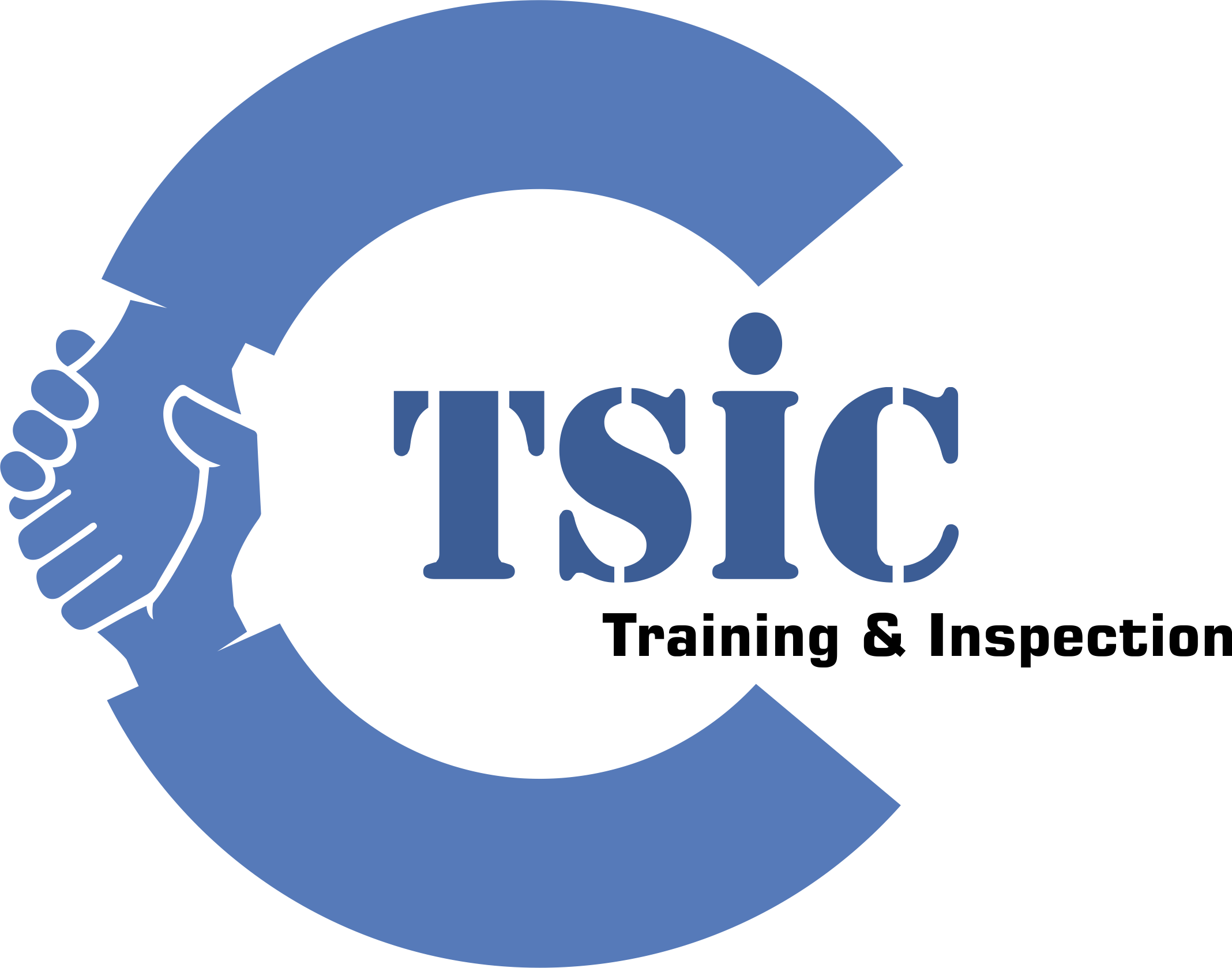The concept of risk management is to distinguish, explain, and manage the effects of unexpected events or risks on the business, product, or perhaps service. Whenever we fail to accomplish this, then we are in danger of getting taken unawares by an unanticipated risk, which can trigger serious damage to the business. The principle aim of risk management is to lessen the negative effects that unexpected events or perhaps risks have on the business. Credit risk relates to the risk that an individual or organization will fail to meet its duties; whereas item risk is related to the probability of adverse effects caused by products active networking is essential that will be in use.
The cooperation between management and the owners or workers of the strength industry is continuing to grow as the need for safe and reliable strength supplies has increased. The energy sector includes petroleum, coal, natural gas, and several biofuel projects. The need for energy supplies to meet current demands and future requirements in the strength industry is usually expected to continue for the foreseeable future. These kinds of demands usually tend to increase when the world continues to grow more populated, and as the world’s reliance on imported petrol increases.
In order to minimize these kinds of risks, strength managers and owners have developed several approaches. One strategy should be to coordinate endeavors with regulatory authorities, which includes those of the U. Ring. Federal Strength Commission, the Commodity Options contracts Trading Commission payment, and the National Futures Relationship. Another strategy is to get involved in the appearing virtual foreign currencies market. Virtual currencies let individuals to control energy and other commodities without the necessity of a physical commodity. Participating in virtual values reduces risks associated with property and trading of real goods.
